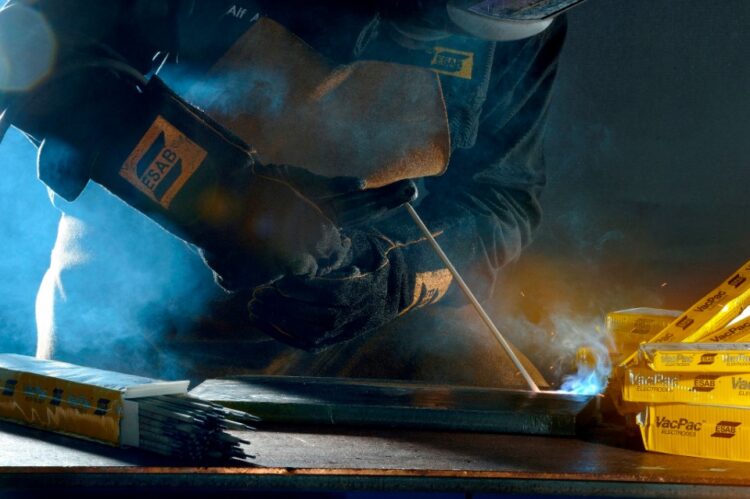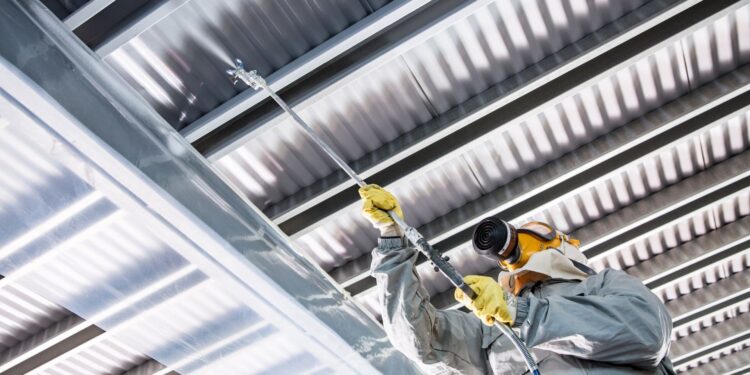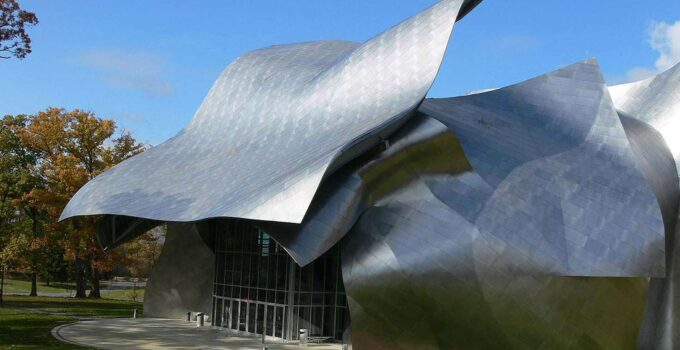Steel buildings, known for their durability and versatility, start with high-quality steel as the core material. In the 21st century, steel production has advanced significantly. Producers now use a blend of iron, carbon, and other elements, creating an alloy known for its strength and flexibility.
This process involves heating and purifying raw materials in blast furnaces, resulting in the metal that withstands extreme conditions. The final product is then molded into various shapes, such as beams and sheets, ready for the next stages of building construction.
Page Contents
Cutting and Shaping Steel Components
Once the steel is ready, it undergoes precise cutting and shaping. Modern technology, like laser and plasma cutters, allows for incredibly accurate cuts. This precision is crucial for the structural integrity of steel buildings.
These machines can handle large volumes of this metal with minimal waste, making the process efficient. The cut components include beams, girders, and panels, each tailored to specific dimensions. This step is vital in ensuring that all parts fit perfectly during assembly, laying the groundwork for a structurally sound building.
Precision Welding Techniques
Welding is a critical step in steel building construction. It involves joining these components to form a cohesive structure. The 21st-century welding techniques are highly advanced, with methods like MIG (Metal Inert Gas) and TIG (Tungsten Inert Gas) welding being common.
These techniques offer stronger bonds and cleaner joins, essential for the building’s longevity. Automated welding has also become more prevalent, ensuring consistent quality and speed in production. Skilled welders play a crucial role in this phase, as their expertise determines the overall strength and safety of the building.

Source: fenestrabuild.co.uk
Assembly and Structural Integrity
Assembly is where the steel components come together to form the building. This process is carefully orchestrated, with each piece fitting into its designated place. Cranes and other heavy machinery lift and position the large beams and panels. Bolting and welding secure these pieces, ensuring they form a stable and robust frame.
Engineers monitor this process closely, ensuring each component aligns correctly to maintain the building’s structural integrity. This stage is critical, as any misalignment can compromise the building’s safety and durability.
Finishing Touches ─ Coatings and Insulation
After assembly, the building receives its finishing touches. Coatings are applied to the steel to protect it from corrosion and weather damage. These coatings include paints and specialized chemical treatments that enhance the steel’s longevity.
Insulation is another crucial aspect. Modern buildings often incorporate advanced insulation materials that improve energy efficiency. This insulation helps maintain temperature control inside the building, reducing energy costs and environmental impact. These finishing steps are vital for both the building’s aesthetics and functionality.

Source: tikkurila.com
Sustainable Practices in Modern Steel Building Construction
Sustainability is a key focus in modern steel building construction. The industry has adopted practices like recycling metal and using renewable energy sources in manufacturing processes. Steel’s recyclability is a significant advantage, as it reduces the need for new raw materials, cutting down on environmental impact.
Many modern buildings are also designed with energy efficiency in mind, incorporating features like solar panels and green roofing systems. These sustainable practices not only benefit the environment but also offer long-term cost savings, making this metal an increasingly popular choice for eco-conscious builders.
Final Thoughts
The construction of steel buildings in the 21st century combines advanced technology, precision engineering, and sustainable practices. From the initial production of steel to the final touches, each step is crucial in creating buildings that are not only strong and durable but also environmentally responsible.
As technology continues to evolve, we can expect even more innovations in the field, further enhancing the efficiency and sustainability of modern building construction.





